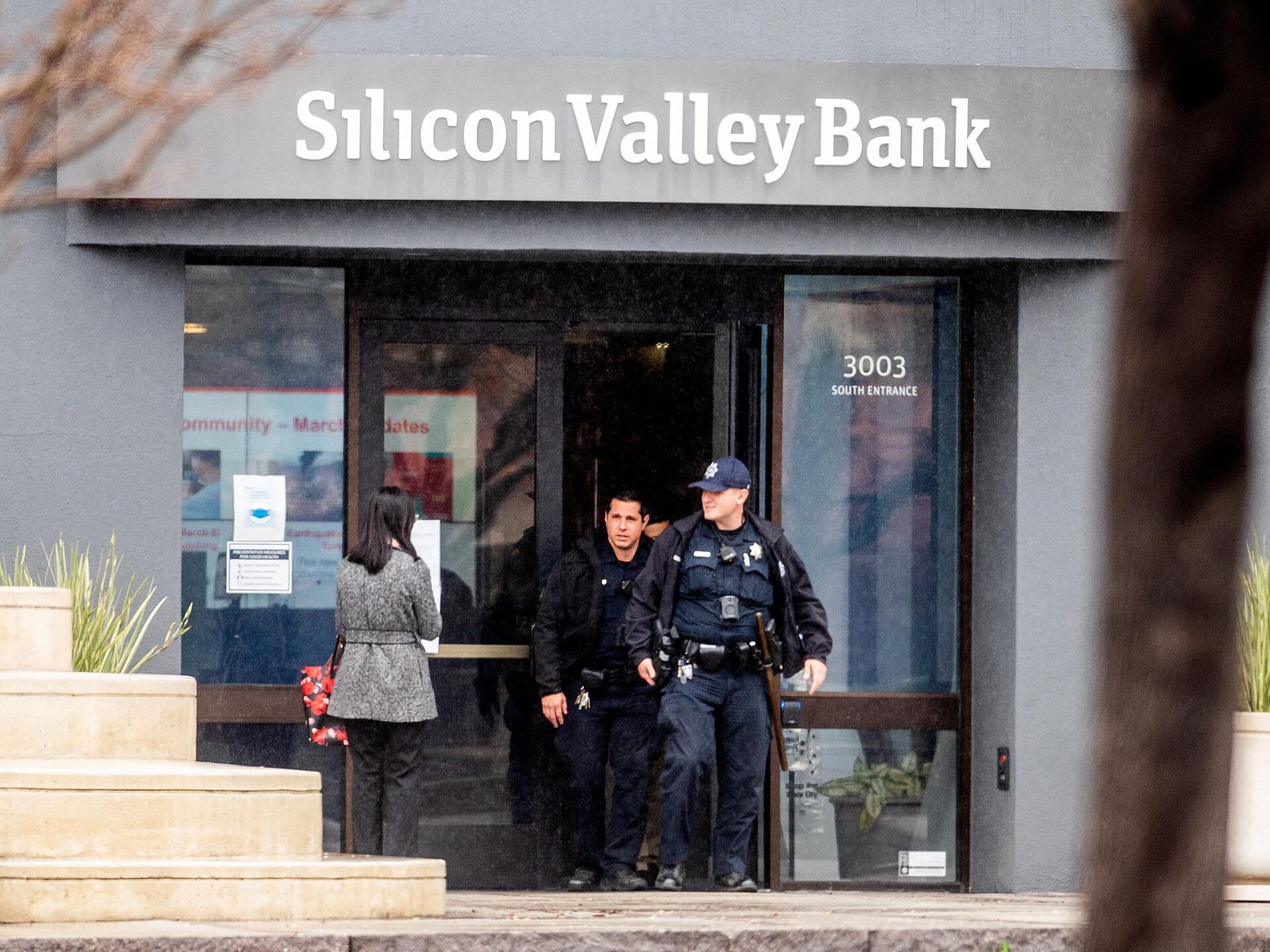Another financial crisis for the US
The US is experiencing another financial crisis. This one, borne out of the collapse of the Silicon Valley Bank (SVB), might turn out to be a small one, but it is the latest in a very long line of US financial strains.

SVB collapse presents central banks with a big headache
>> Are financial asset prices about to embark on a fall?
SVB collapse Few can forget the global financial crisis, which had its epicentre in the US, and then there were very US-specific financial fallouts such as the Savings and Loan crisis of the 1980s, the hedge fund LTCM’s demise, corporate strains such as Enron’s failure, and many more. Of course, this is not to say that other G-10 countries are crisis-free. It is just that the US seems to have more than most. Deregulation is often blamed as crises are frequently referred to as ‘booms gone bust'. And the boom often comes from deregulation.
In the present case, some are already blaming the partial rollback of the 2010 Dodd-Frank legislation by former President Trump for regional bank problems as experienced by SVB and others. "We don’t doubt that this is a significant part of the story. But we also sense that there’s almost a sort of financial jingoism in the US that comes about because of the US’s dominance of global finance and, in particular, the central role of the dollar", said Mr. Steve Barrow, Head of Standard Bank G10 Strategy.
The greenback accounts for around 60% of global reserves, 65% of international debt, 55% of international loans, 45% of global FX turnover, and over 40% of global payments. And all for a country that’s around 15% of the global economy. The dollar punches above its weight, and we wonder whether this is reflected in the sort of financial jingoism that we talked about earlier.
To give you an example, the US government could default on its debts in a few months’ time. Of course, it is very unlikely that this will happen, but the idea that the government could make commitments and then renege on financing these expenditures (which is what the debt ceiling amounts to) would be anathema anywhere else.
When the UK government under erstwhile PM Liz Truss went all wobbly on the budget last September, the gilt market blew a gasket and nearly toppled the pension industry. In contrast, in the US, there’s barely a flutter. The US has the dominant global currency and the dominant safe asset, and hence can afford to play fast and loose with its budget and its financial deregulation because it will never experience a balance of payments or currency crisis. It is almost like the madcap modern monetary theory that argues governments cannot default if they issue debt in their own currency.
>> Is the SBV collapse a precursor to a financial crisis?
In the US’s case, there is seemingly never a problem because, no matter how big the financial crisis, global players will always come back to the dollar. And, more than this, they will actually increase their appetite for the dollar during a crisis, even if its epicenter is the US. At a time when talk of ‘moral hazard’ is coming back onto the radar because the US authorities have guaranteed all deposits at SVB, it actually seems as if the bigger moral hazard problem has been created by the dominance of the dollar—or has it? There is a point when the US can no longer create turmoil and expect to pay no financial penalty, at least not in terms of dollar weakness. Why might this happen?
Well, it could happen because international indebtedness just becomes too large. It might be because other currency challengers emerge to push back against the US’s hegemony. It might also be because the Federal Reserve, which is tasked with keeping the dollar a strong store of value by limit ing inflation to 2%, has totally failed the challenge.
Mr. Steve Barrow certainly senses that the dollar is not what it was when it comes to a safe asset, and probably for the reasons listed above and more. Strength during crises, whether US-generated now or global, such as the pandemic, does not seem on a par with what it was in the past. This might be partly due to the fact that the emergence of large and permanent central bank swap lines ensures that there are plenty of dollars available when financial crises occur—or at least more dollars than would have been supplied before the global financial crisis. If investors no longer fear that dollars will disappear, they might look more critically at the US whenever a financial crisis develops. In short, whatever the short-term outlook for the dollar, Mr. Barrow thinks its longer-term prospects have been damaged a little bit more by recent events.








